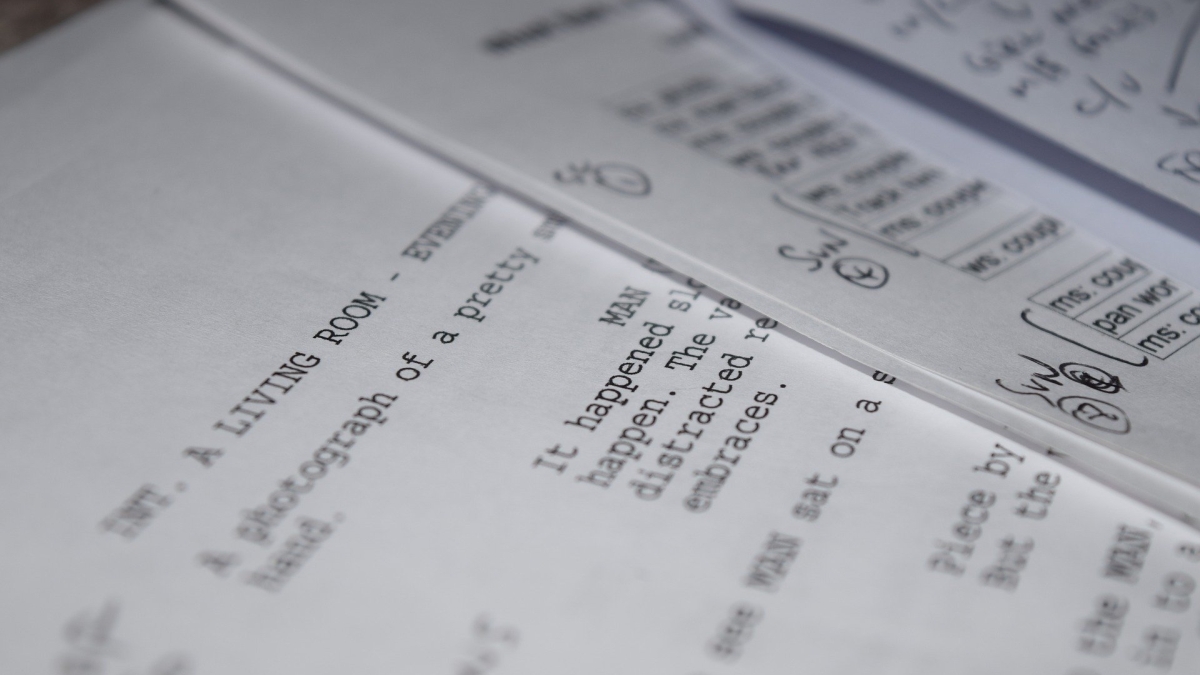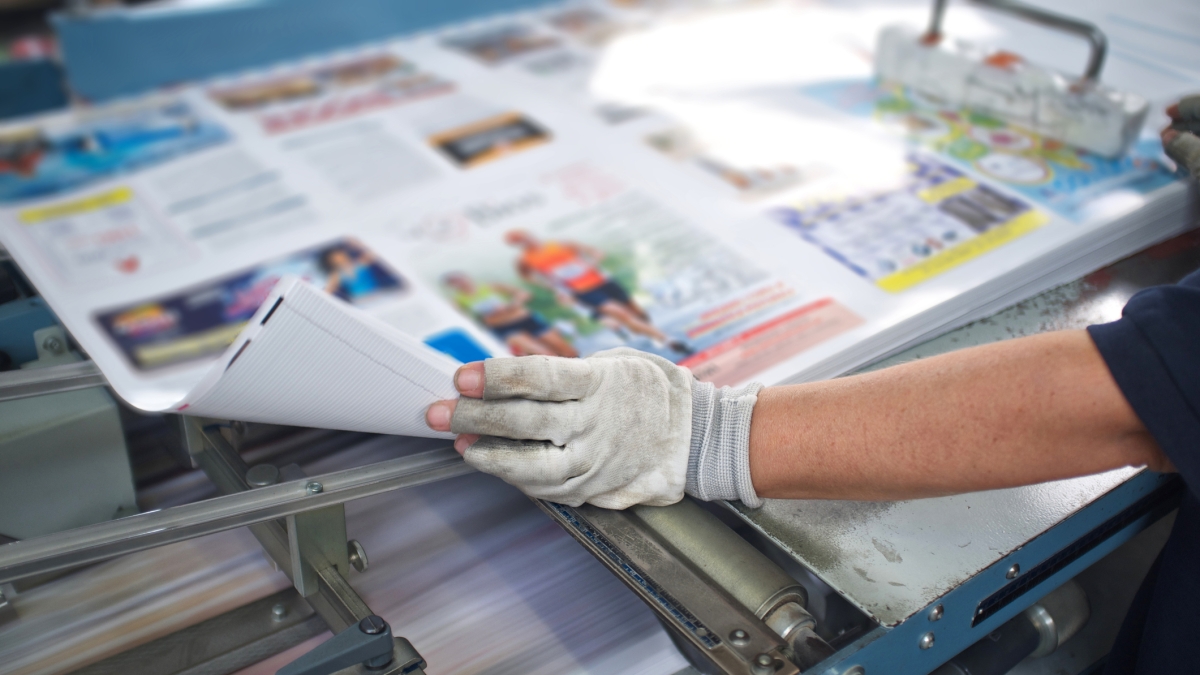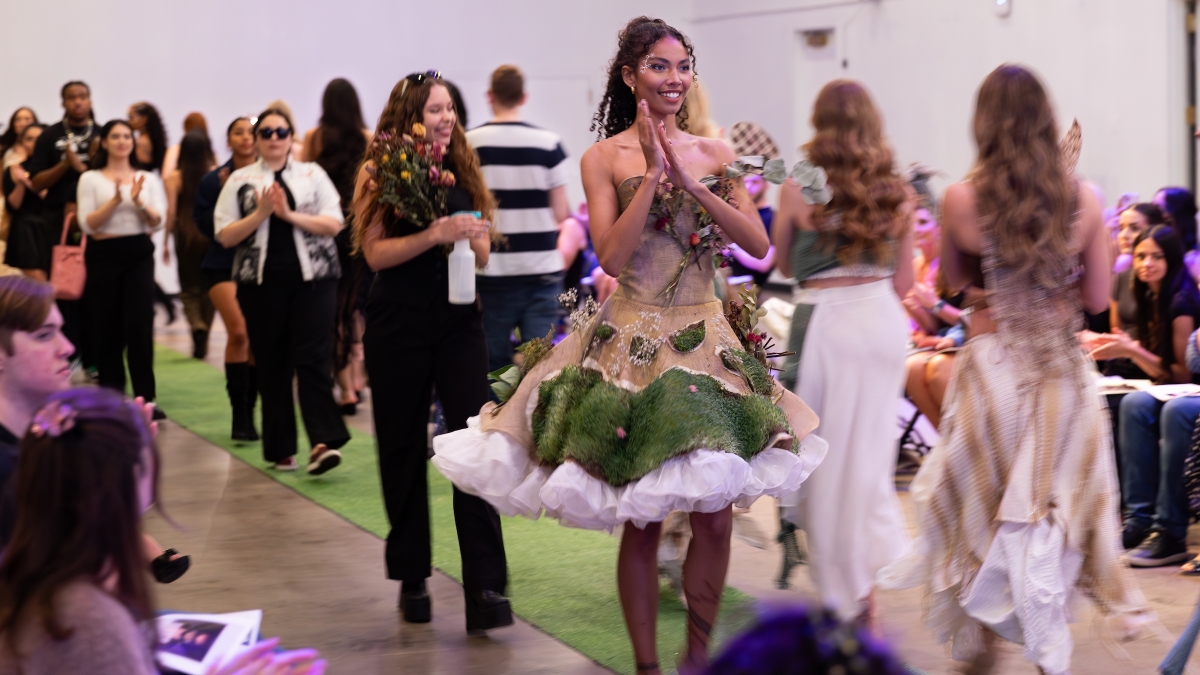ASU professor lands development deal for screenplay
Film and media studies Assistant Professor Aviva Dove-Viebahn part of movement to diversify Hollywood

“The most disrespected person in America is the Black woman. The most unprotected person in America is the Black woman. The most neglected person in America is the Black woman.”
Malcolm X spoke these blistering words at a speech he gave in Los Angeles more than half a century ago, but many would argue they still ring true today.
Women of color in general face a host of challenges related to equity in all aspects of life, but especially when it comes to employment, and especially in the entertainment industry, where despite recent gains in diversification of leading roles, women of color remain underrepresented in behind-the-scenes positions like directing and producing by a factor of more than 3 to 1, as of a 2019 study.
Arizona State University film and media studies Assistant Professor Aviva Dove-Viebahn has been an academic most of her life, engaging with the entertainment industry as a researcher rather than a creator, focusing specifically on gender and racial representation in popular visual culture. Recently, however, she made the leap from observer to bonafide player when she landed a development agreement with Women of Color Unite (WOCUnite) for her co-written screenplay “#VoteLove.”
WOCUnite is a nonprofit production company committed to fair access, treatment and pay for women of color in the entertainment and media industries. Dove-Viebahn met its founder, Cheryl Bedford, while shopping her screenplay to various film festivals. Bedford expressed interest in the project and connected Dove-Viebahn with the #StartWith8Hollywood initiative, which pairs Hollywood pros with women of color who are newcomers to the industry. Through the initiative, Dove-Viebahn gained invaluable experience from mentors Hailey Wierengo, head of development and production at Field Trip Productions (which just got the greenlight on a pilot episode for the TV series “A League of Their Own”), and C. Robert Cargill, the co-writer for the films “Sinister” and “Dr. Strange.”
Dove-Viebahn describes “#VoteLove” as a feel-good rom-com in which a mayoral hopeful and a struggling adoptive parent reunite after a 30-year-old video of them as lovestruck toddlers goes viral. It has been a selection or finalist at several film festivals, including the La Femme International, the Houston Comedy Film Festival and the Atlanta Film Festival.
The film is still in development, but Dove-Viebahn has no plans of leaving her scholarly pursuits behind for Tinseltown. She recently co-edited the digital anthology “Gender, Race and Class: From the Pages of Ms. Magazine, 1972-Present” and is the author of the forthcoming book “Gender, Knowledge and Power: Feminine Intuition in Contemporary Serial Narratives” — accomplishments that must certainly make her mother, the celebrated poet and former ASU professor Rita Dove, who became the first African American to hold the position of United States poet laureate, quite proud indeed.
Question: How did the idea for the screenplay come about, and what role did race play in the writing of the characters?
Answer: There’s this ridiculous video of me as a child in a park in Berlin with my family. I think I was about 3. I’m playing with this other little kid, and midway through the video, I kiss him. Later, in grad school, I was telling a friend about it and she said that would be a great beginning of a rom-com: Two people who met briefly as kids in a park meet again years later as adults and fall in love. So for years, I thought about that. I’ve always been a fan of classic rom-coms from the '80s and '90s – “Sleepless in Seattle,” “When Harry Met Sally” – but I’m a queer woman of color, I’m biracial; so I didn’t want to do yet another white, straight, rom-com. Then, years later, I was talking to a friend of mine from college, Brittany K. Fonte – she’s a middle school teacher who has published several novels and books of poetry – and I said to her, "You’re a storyteller. Have you ever thought about writing a screenplay? Because I could really use a partner, because I know all the structural stuff about screenplays, and I know about the visual elements, but I’m not trained in any way to think about story or dialogue." And she said, "That sounds fun." So it started as a fun thing to do, and we were writing virtually, across the country. We still are. But as we got going, we were like, "I think this is actually good." So it just started with that basic premise and we built a story around it. We decided to make it a queer rom-com with two female main characters, and I really wanted both to be women of color, so one character is African American and one is Korean American. Especially as a film and media studies scholar, I see all the time in my teaching and research the ways in which gender and race play out in film and TV and some of the really problematic things that happen in terms of representation. This is a comedy, it’s fun, but I really wanted to make sure I wasn’t replicating those things.
Q: What kind of challenges have you experienced personally as a woman of color in the entertainment industry?
A: I think I have to answer a little abstractly because I don’t have a ton of experience yet. But I can tell you what I’ve observed so far. My observations come from both my new insights coming into this as an emerging screenwriter, but also from my research. I’ve done a number of interviews with people who are mostly women of color who are directors or producers in film and TV, and one of the things that is really difficult to see happening is that women of color and people of color more broadly are just afforded fewer opportunities in general. Yes, there are definitely talented women of color working in Hollywood — Shonda Rhimes, Ava DuVernay, Issa Rae — but they are often sort of put on a pedestal to say, "Hey look, we really do have women of color who are directors and producers." But I think for people of color who are just starting, the bar is still quite high. You really have to be exceptional to get your foot in the door. Whereas, quite frankly — and I’m not in any way saying there aren’t exceptional white men and women in the industry — but I think the bar is much lower for them. Cargill actually said something like this, and he’s white. I’m paraphrasing, but he said something like, the only people who should feel threatened right now by the fact that Hollywood is thinking about becoming more diverse is people who are mediocre.
Q: What kind of challenges have you experienced personally as a woman of color in academia?
A: In terms of academia, I’ve been incredibly fortunate. I think that I try to recognize how much privilege I have, even as a woman of color. Because, like I said, I’m biracial and I am relatively light-skinned, and colorism is very much a real thing. So because of that, I get treated very different than other Black women with darker skin tones. So I haven’t faced the same kind of systemic racism that others I know have. However, I was thinking about this the other day, and I realized that when I was in grad school for example, I don’t think there was a single other Black or biracial grad student. There’s another hashtag that’s going around, #blackintheivory, which addresses barriers, particularly for Black people, in academia, but for other people of color as well.
Q: What is the benefit to society when we work to expand representation of diverse identities in popular media?
A: To me, it’s obvious. More and better representation is going to help lead to a more equitable society. One of the things I’m always harping on with my students is how problematic it is for there to only be one: If there is, say, only one character of color in a film. Or only one woman in a film. Let’s say it’s a film with like six characters. An ensemble film, like the Marvel movies. If you only have one, what happens is all the burdens of cultural stereotypes get loaded onto that one character. Once you have more than one, those burdens begin to diffuse, and you can have a more interesting, more dynamic, more flexible character. One of the things that’s interesting with a movie like “Black Panther,” for example, is that it’s not only a primarily Black cast, but there are three or four really interesting, different female characters in that film. So as a viewer, we can’t categorize these characters as "This is what a black woman is," or "This is what fits my imagined ideal of what a black woman is." So the more you have those kind of representations, where there’s more than one person of a particular identity, the less people will cling to these categories and stereotypes.
Q: Are there any movies or TV shows in particular that you think do a good job with representation?
A: Here’s the problem with favorites for me … This is the most pedantic, academic answer ever (laughter). But there’s always something to critique, which is actually OK. So I’ll just say as a caveat that when I say "favorite," I don’t mean it’s perfect, but there are things I really enjoy about it. One of my favorite shows from recent years is “One Day at a Time,” on Netflix. It was originally a '70s sitcom that got rebooted in 2017. It’s about a single mom but it’s multigenerational and they managed to fold in that the daughter is queer, and also, since the family is Cuban American, they incorporate things with Latinx culture and immigration. And the mom is a war vet who has PTSD. So there’s just so many things they were able to get in there, and it’s funny but also really smart, and it’s a sitcom! I don’t know how they do it. There’s also a show called “Sex Education” on Netflix, which is also a comedy. It’s about a high school-aged boy whose mom is a sex therapist, and he becomes that for his high school classmates. It tackles lots of interesting issues while being outrageously funny at the same time. Then there’s a show called “Wynonna Earp” on Netflix. It’s a strange, cult show. It’s a supernatural, contemporary Western horror. It’s campy and ridiculous, with a bit of a “Buffy” vibe. It’s hard to describe, but I think they’re doing something interesting with that show with trying to represent a female protagonist who is really complicated. It also has really good queer representation. It could do better in terms of race representation. But it’s doing really interesting things in terms of thinking about gender roles. As for films, one of my favorites is “Get Out.” I don’t like horror, but it’s not horror to me in the same way as other horror films are.
Top photo courtesy Pixabay
More Arts, humanities and education

Designer behind ASU’s brand named newest Herberger Institute Professor
Bruce Mau, co-founder and CEO of the Chicago-based holistic design consultancy Massive Change Network, has joined Arizona State University’s Herberger Institute for Design and the Arts as its newest…

Small presses dealt big blow
A mighty rumble reverberated throughout the publishing industry late last month with the abrupt closure of a well-known book distributor. Small Press Distribution, which has distributed books for…

'Living dress' wins Eco-Chic sustainable fashion contest
When Elena Marshall is done showing off her award-winning “living dress,” she’ll bury it in her backyard. The dress, a chic design with a strapless bodice and flouncy skirt, is made of recycled…
